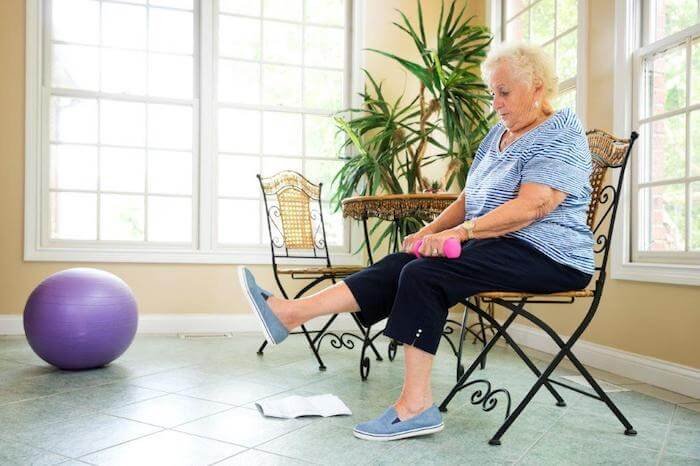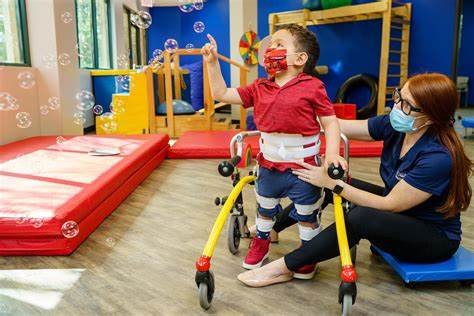Rehabilitation is often a critical part of the recovery process after injury, surgery, or illness. While some people opt for rehab in clinical settings, home-based rehabilitation offers a convenient, effective, and comfortable alternative. This guide will explore the benefits of home-based rehabilitation and the best practices for ensuring success.
What is Home-Based Rehabilitation?
Home-based rehabilitation refers to recovery exercises, therapies, and treatments that can be performed at home instead of in a hospital or clinic. This approach typically involves working with healthcare professionals to design a personalized treatment plan that can be carried out at home with guidance and remote supervision.
Benefits of Home-Based Rehabilitation
- Convenience and Comfort
- One of the greatest advantages of home-based rehabilitation is the ability to recover in the comfort of your own home. This flexibility allows you to schedule therapy sessions around your daily routine and avoid travel to a clinic.
- Cost-Effective
- Home-based rehab can often be more affordable compared to outpatient or inpatient rehabilitation services. There are typically fewer fees for facilities or transportation, and sometimes insurance plans offer greater coverage for at-home services.
- Personalized Care
- With home-based rehabilitation, patients receive more individualized attention. Therapy sessions are tailored to your specific needs, ensuring that exercises and treatments align with your unique condition and progress.
- Increased Comfort and Relaxation
- Recovering in a familiar and relaxing environment can help reduce anxiety, stress, and discomfort that often arise from being in a clinical setting. This peace of mind can significantly enhance the rehabilitation process.
- Greater Flexibility and Control
- Home-based rehab allows patients to take control of their recovery by scheduling sessions at convenient times and progressing at their own pace. This sense of autonomy can be empowering and motivating.
- Family and Social Support
- Having loved ones around during the rehabilitation process can provide emotional support, which is essential for mental and emotional recovery. Family members can also assist with exercises and ensure the rehabilitation program is followed correctly.
Best Practices for Effective Home-Based Rehabilitation
- Work with a Professional
- While home-based rehabilitation offers flexibility, it is crucial to collaborate with healthcare professionals such as physical therapists, occupational therapists, or physicians. They can assess your condition, design a tailored plan, and provide remote supervision.
- Set Realistic Goals
- Establish achievable and clear rehabilitation goals to stay on track. Having specific objectives helps measure progress and maintain motivation throughout the process.
- Create a Dedicated Rehab Space
- Designate a comfortable and safe area in your home for rehabilitation exercises. Ensure there is enough space for movement, and consider adding necessary equipment such as exercise mats, resistance bands, or therapy balls.
- Follow the Plan Consistently
- Consistency is key for rehabilitation. Stick to the prescribed exercises and routines, and avoid skipping sessions. Keeping a rehab journal to track progress and note any difficulties can help you stay motivated.
- Incorporate a Variety of Exercises
- Home-based rehab should involve a well-rounded approach, including stretching, strengthening, balance, and mobility exercises. Your therapist can guide you through exercises that progressively challenge your body while being mindful of your limits.
- Monitor Progress and Adjust Plans
- Regularly track your progress by noting improvements in strength, range of motion, and pain levels. Share this feedback with your healthcare provider to make any necessary adjustments to your rehabilitation plan.
- Prioritize Rest and Recovery
- It’s essential to give your body time to heal properly. Rest is just as important as exercise in the rehabilitation process. Ensure you’re getting adequate sleep and allowing time for muscles and joints to recover between sessions.
- Focus on Mental Health
- Rehabilitation isn’t just about the physical recovery process. Your emotional and mental well-being is just as important. Engage in mindfulness practices, relaxation techniques, or gentle activities like reading or listening to music to help reduce stress and enhance recovery.

Types of Home-Based Rehabilitation
- Physical Therapy (PT)
- For musculoskeletal injuries, surgery recovery, or chronic conditions, physical therapy focuses on restoring mobility, strength, and function. PT exercises can be performed with minimal equipment and adapted for at-home settings.
- Occupational Therapy (OT)
- Occupational therapy helps individuals regain independence in daily activities, such as dressing, cooking, or driving. In home-based OT, patients practice these skills in their own environment, which is key for successful rehabilitation.
- Speech and Language Therapy
- Speech therapy is often used to treat speech, language, or swallowing difficulties. Home-based speech therapy can involve exercises to improve communication, cognitive function, or swallowing techniques.
- Cardiac Rehabilitation
- For heart-related conditions, home-based cardiac rehab can include monitored exercise programs, education, and lifestyle changes designed to improve heart health.
- Stroke Rehabilitation
- After a stroke, rehabilitation at home may focus on regaining motor skills, speech, and cognitive function through various physical and mental exercises.
- Post-Surgery Rehabilitation
- After surgery, home-based rehabilitation can focus on helping the body heal and regain strength, such as post-knee surgery exercises, shoulder rehabilitation, or back surgery recovery.
Conclusion
Home-based rehabilitation offers numerous advantages, including comfort, flexibility, and a cost-effective approach to recovery. By following a structured plan, working with healthcare professionals, and maintaining consistency, patients can successfully recover from injuries, surgeries, or illnesses from the comfort of their homes. Remember, taking small steps each day and staying motivated are essential elements of a successful home rehabilitation journey.











